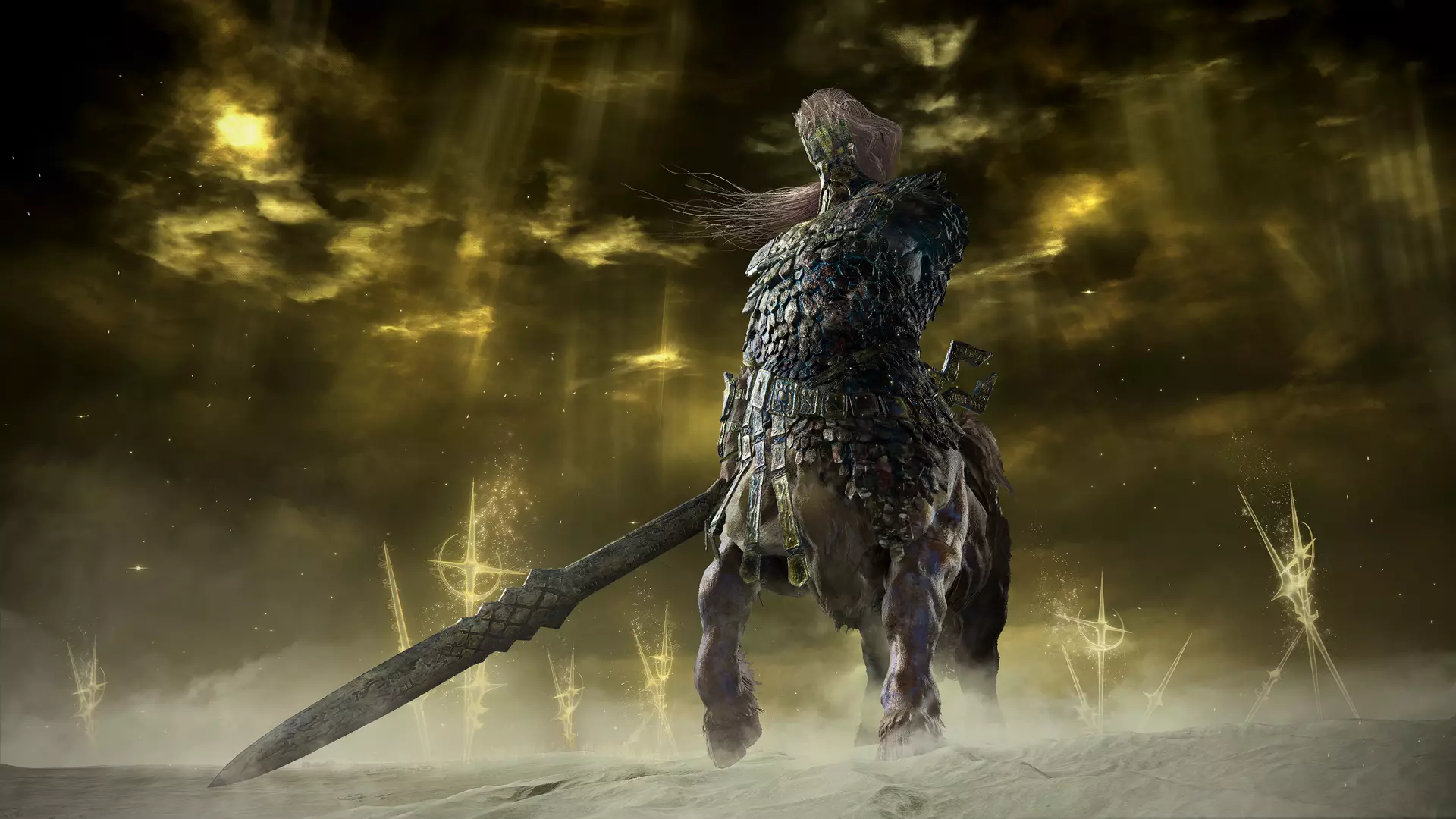In the realm of action role-playing games, few studios have garnered as much respect and admiration as FromSoftware. Known for their intricate worlds and challenging gameplay, titles like Dark Souls and Bloodborne epitomize what many gamers love about immersive storytelling and character development. However, when the studio embarked on the creation of the co-op spin-off, Elden Ring Nightreign, they faced a pivotal choice: to maintain the leisurely pace of exploration that fans cherished or to embrace a faster, more urgent gameplay structure. This decision illustrates not just a creative challenge but a broader question within game design—what are the trade-offs between slow-burning exploration and adrenaline-fueled action?
The Beauty of Slow Exploration
One of the hallmarks of previous FromSoftware titles was the players’ ability to pause, breathe, and immerse themselves in the breathtaking vistas and profound lore embedded within their environments. There’s something deeply rewarding about conquering a difficult boss after a drawn-out struggle, only to take a moment to appreciate the artistry that surrounds you. This slower pace allowed players not only to hone their skills, but also to connect with the narrative and atmosphere in a way that felt organic. As director Junya Ishizaki acknowledged, concerns arose regarding the rapid-fire structure of Nightreign potentially robbing players of these meaningful experiences. Can a game rooted in urgency truly resonate in the same way?
In Favor of Innovation
The decision to implement a three-day in-game structure where matches last about 45 minutes demonstrates a conscious shift towards innovation rather than mere duplication of past successes. While some purists may feel slighted by the absence of leisurely exploration, the new model offers a different kind of thrill—one that emphasizes quick-thinking, teamwork, and fast-paced action. This fresh approach might elevate gameplay in new and exciting ways, ushering in an era where a community-driven, cooperative experience takes precedence over solitary exploration. Moreover, this transformation paves the way for a new generation of gamers to experience the intensity and urgency that can accompany the genre, creating a dynamic battlefield rather than a serene landscape.
Asset Reuse with a Twist
Interestingly, Ishizaki’s reflections on asset reuse reveal another facet of game design. Contrary to the stereotype of lazy development, FromSoftware emphasizes innovation in its reuse of assets. Rather than a simple “copy-paste” technique, they are reshaping familiar elements to suit new contexts and challenges. This underscores an essential truth about game development: creativity can thrive even within constraints. A strong commitment to evolving existing ideas while exploring new gameplay structures not only expands the creative horizon for developers but also enhances the player experience in unforeseen ways.
Ultimately, while some may yearn for the expansive freedom of exploration seen in earlier titles, it’s crucial to embrace the unknown. Change can often lead to remarkable experiences that push the boundaries of how stories are told and enjoyed in the gaming world. Elden Ring Nightreign could very well set a precedent for future adventures—one where speed, teamwork, and exhilarating moments become the new foundation of player engagement.


Leave a Reply